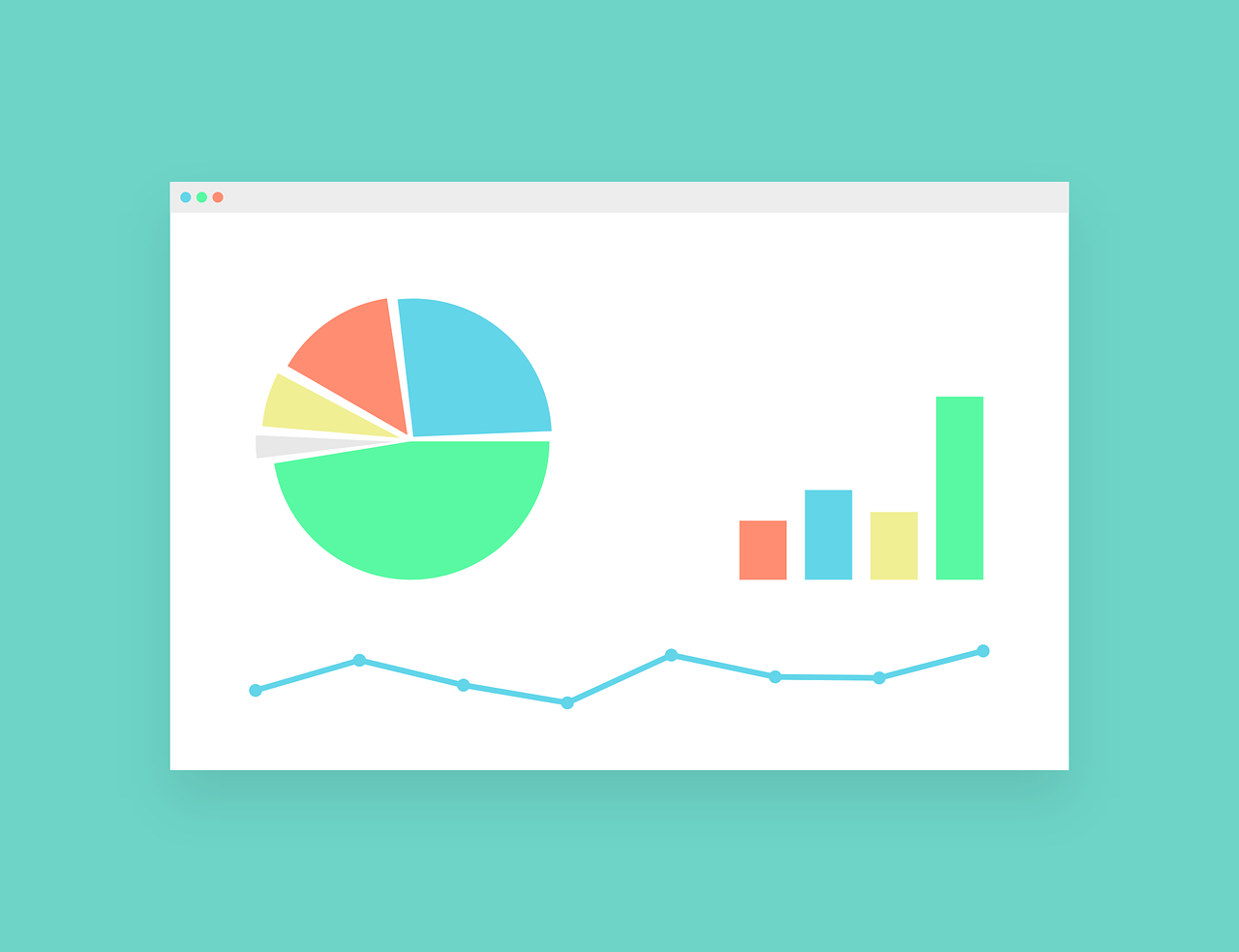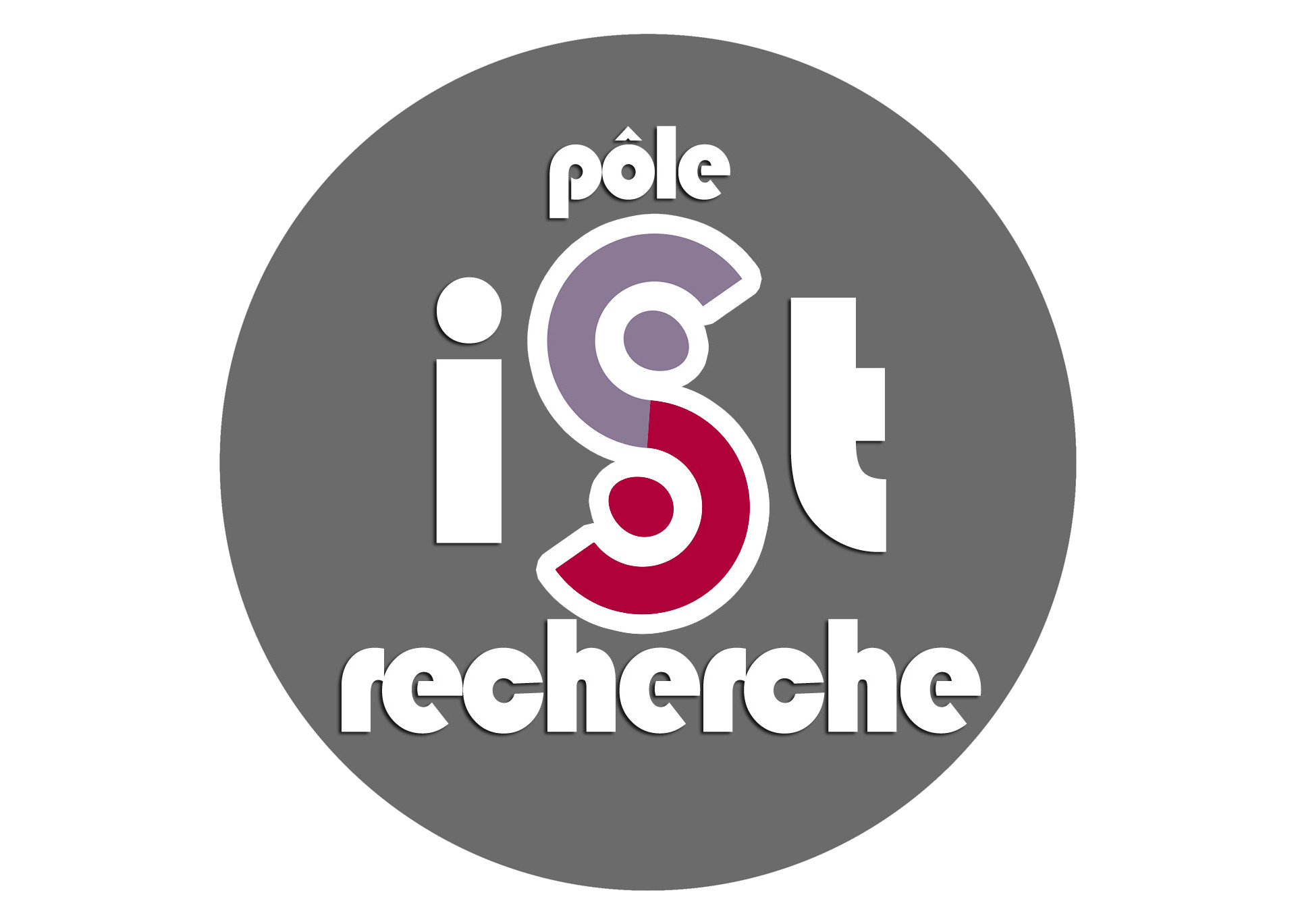What are bibliometrics ?
Scientific publications and citations are still today the key to assess the results of scientific activity. They make it possible to characterize and rank scientific activity of any actor (country, region, institution, laboratory, team, researcher) in relation to others, in a steadily accurate and diversified way.
Three evaluation levels :
- Evaluation of sources / journals;
- Evaluation of researchers;
- Evaluation of institutions;
To know more about the evaluation of sources / journals, please see our dedicated page How to select a journal ?
Reminder
Indicators should never be used alone. Discipline, habits, size of the community and time affect the results.
Some of the indicators take into account these elements, but not all of them.
Signature of publications
The main difficulty in any bibliometric analysis is to identify an institution publications, all its publications and only them! Bibliographic databases, such as Web of Science and Scopus, indicate each author’s affiliation(s). The information is collected to the publisher and is sometimes formatted.
Institutional affiliation of productions is a crucial issue. Homogenized and correctly interpreted, it is a major guarantee of visibility for research. Unfortunately, we often find a number of variants of names of laboratories and guardianships in databases, which makes it more complex for analyzing. It is therefore essential that researchers and teacher-researchers sign their publications in a homogeneous way within the School.
To help you, Paris-Saclay University provides a very simple tool to find in a click the signature to be used for your publications in accordance with the Charter:

Indicators used for authors, laboratories, institutions
There are too many indicators to make an exhaustive list. Here are the most known of them :
Production indicators
- Number of publications (articles, proceedings, books...);
- Number of patents;
- Disctinctions (Nobel prize,...);
- Co-publications...
These indicators can be crossed with other data, such as a period (last 4 years), editors, journals (only B-rank journals), langage, countries, institutions...
Citations indicators
They take into account the number of citations received to determine one publication's impact.
- H-index;
- G-index;
- FWCI (Field-Weighted Citation Impact - SciVal / Elsevier) or CNCI (Category Normalized Citation Impact - Web of Science / Thomson Reuters)
With these indicators, a laboratory can point out its most cited publications or highly cited papers.
Altmetrics
Quite different from the others above, altmetrics measure a publication's impact according to social media, blogs...
Sources
Bibliometrics are based upon quality databases, such as :
Web of Science (Thomson Reuters)
Scopus (Elsevier)


Bibliometrics & CentraleSupélec
Pôle IST produces every year bibliometric studies for each laboratory.
It uses the following indicators and produces a document gathering information about the journals the laboratory published in, based on the Web of Science.
Please contact us if you wish a more personnalised study.
Indicators used:
- Number of papers, proceedings, etc.;
- Number of journals;
- Collaborations;
- Number of citations received, high-cited papers
Bibliometrics is not only for research evaluation. Pôle IST is at your disposal to help you:
- Use Web of Science (build and save searches, present and analyze research results, know your H-index...);
- Quantify and qualify international co-publications;
- Identify emerging themes;
- Define a publishing strategy...
Do not hesitate to contact your IST laboratory referent.
